Thanh Hoa 's public investment disbursement has only reached 40.5% of the annual plan, many projects are facing difficulties due to lack of raw materials. (In photo: Construction of the road from Bim Son Industrial Park to the coastal road section Nga Son - Hoang Hoa).
When “critical” pressure meets tariff barriers
According to calculations by the General Statistics Office ( Ministry of Finance ), in order for GRDP to grow by 11% in 2025, the industrial and construction sector must increase by 20.33%, of which industry alone needs to accelerate by 25.36%; construction by 6.86%. The service sector needs to increase by 7.14%, of which product taxes minus subsidies must increase by 14.35%. The agricultural, forestry and fishery sector, although only needing to increase by 2.16%, is greatly affected by weather and the consumer market. Most of these pillars are facing many obstacles, from cyclical difficulties to newly arising challenges.
In fact, over the past years, industry has always played a pivotal role in Thanh Hoa's GRDP growth. Typically, in 2024, the province achieved a GRDP growth rate of 12.16% - the second highest in the country, of which the industrial sector increased by 21.67%, contributing 38.5% of the total GRDP. The main driving force is still the Nghi Son Refinery and Petrochemical Plant operating at 20% above its design capacity after a general maintenance period at the end of 2023 - creating a "boost" for strong and stable growth for the entire industry.
However, according to Director of the Department of Industry and Trade Tran Anh Chung, the growth target of 25.36% in the industrial sector in the last 6 months of the year is "extremely heavy". Key industrial projects are now operating stably, many factories even exceed their design capacity. Nghi Son Refinery and Petrochemical Plant in the first 6 months of the year operated at an average of 117% of its capacity, while electricity production depends on national dispatch. Therefore, industrial growth in the last months of the year will mainly depend on new projects and additional growth from some industries with room for growth such as cement, garment, and footwear - with favorable consumption market conditions.
In addition to internal difficulties, the province's export industry also faces increasing competitive pressure from the tax policies of major markets. Specifically, on August 1, the US officially announced a 20% reciprocal tax rate on Vietnamese goods - lower than the initial proposal of 46%, but still higher than the tax rate for ASEAN countries such as Thailand, Cambodia, Indonesia, Malaysia and the Philippines (19%). These are all direct competitors with Vietnam in exporting key product groups such as electronics, textiles, footwear, seafood, etc. Notably, items under investigation item 232 such as steel, aluminum, automobiles, auto parts, wood, semiconductors, etc. will still be subject to the announced tax rate or after the investigation, a new tax will be imposed, without applying the reciprocal tax.
In particular, in the African market - considered a "stronghold" for low-cost textile and garment processing - some countries are still subject to a reciprocal tax rate of only 10% to 15%, much lower than Vietnam. According to businesses, although the production capacity and market share of African countries are not yet large, the risk of shifting orders from countries subject to high taxes is entirely possible, creating more pressure for textile and garment enterprises in general and in Thanh Hoa in particular. The Ministry of Industry and Trade forecasts that the new tariff policy could affect about 10% of export turnover to the United States.
The garment industry faces challenges and is less competitive in the US market compared to some partners when the US imposes a 20% reciprocal tax (In photo: Workers at Tien Son Group Joint Stock Company in export production).
A representative of the Thanh Hoa Textile and Garment Association said that the 20% reciprocal tax rate applied by the US to Vietnamese goods has significantly reduced the competitiveness of domestic enterprises. The risk of partners cutting or canceling orders is very clear, directly affecting production plans, cash flow and jobs of tens of thousands of workers. In particular, according to the association's forecast, the demand for textile and garment imports in the US market may decrease in the coming time due to increased product prices, while many brands have increased imports in the first half of the year to take advantage of the 90-day period of applying the 10% base tax.
Not only textiles, many other groups of products exported to the US are also facing the risk of price increases due to new taxes, thereby affecting the purchasing power and consumer spending of the US people. In this context, Thanh Hoa textile and garment enterprises - which mainly produce for intermediary partners from Korea and China - are facing many difficulties. In fact, right before August 7, some intermediary partners announced that they had stopped negotiating new orders, especially for knitted products, due to shifting to suppliers in Africa - where there is a competitive advantage in terms of tax rates of only 10 - 15%.
At 888 Company Limited - a company with 90% of its output destined for the US market with key products such as jackets, coats, women's suits and sports pants. The "golden period" of 90 days since the US announced the imposition of reciprocal tariffs has been fully utilized. The company has continuously worked overtime, mobilizing maximum human resources to meet the progress of the finalized orders. However, according to Mr. Duong Van Lam, deputy general director of the company, the new tax rate, although lower than the initial forecast of 46%, is still higher than that of competitors in the ASEAN region, putting the company at risk of strong competition in the final months of the year.
“Although we currently have production orders until the end of September and are not affected yet, orders for the fourth quarter will certainly be affected as our partners begin to shift to markets with more preferential tax rates. The company is trying to find opportunities in Korea, Japan and Europe, but penetrating these markets requires time to adapt to technical requirements, quality standards and supply chains,” Mr. Lam shared.
Growth "machine" faces "double resistance"
Public investment capital - one of the important driving forces for construction and industrial growth - is also facing many difficulties. As of mid-July, the whole province has only disbursed more than VND5,755 billion, reaching 40.5% of the annual plan. Many key projects such as the coastal road section Nga Son - Hoang Hoa, the road from Bim Son Industrial Park to the coastal road section Nga Son - Hoang Hoa, the project of the road connecting Thanh Hoa city with Tho Xuan Airport, the section from No Hen bridge to provincial road 514... are behind schedule due to high prices of raw materials, along with the increasingly serious shortage of land for filling, sand, and rock, and difficulties and obstacles in site clearance.
Currently, the province has 295 common construction material mines that are still in operation, but only 10 soil mines and 3 sand mines are in operation. The total capacity of these mines cannot meet demand because many mines are stuck in legal procedures, have exhausted their reserves, or are involved in cases under investigation. The prolonged shortage of materials is disrupting the progress of construction projects, making it difficult to achieve the 6.86% growth target of the construction industry, while also affecting the output consumption of material manufacturing industries.
The agricultural sector is vulnerable when the storm season comes (In photo: A flooded poultry farm in Van Loc commune is being urgently evacuated during storm No. 3).
In addition, the driving force from newly established enterprises, although showing positive signs, is still leaning towards small and micro-sized enterprises. As of July 15, the whole province had 2,069 newly established enterprises, reaching 69% of the yearly plan and increasing by 7.54% over the same period, ranking 8th in the country. The total registered capital is estimated at VND18,375 billion, up 19.4%, the average per enterprise is VND8.9 billion, up 11%. However, more than 94.5% of enterprises have capital under VND10 billion. The proportion of enterprises with capital from VND10 - 50 billion and over VND50 billion accounts for only 4.01% and 1.45% respectively. The number of enterprises returning to operation reached 507 units, down 4.52% over the same period. Meanwhile, 1,295 enterprises registered to temporarily suspend business (up 27%) and 412 enterprises dissolved (up 31%). These figures show that the “health” of enterprises is still fragile, and the ability to “create great traction” for growth is still limited.
Growth in the agriculture, forestry and fishery sector also carries risks. Although the first 6 months of the year achieved a growth rate of 3.8%, exceeding the plan, according to Director of the Department of Agriculture and Environment Cao Van Cuong, the sector is facing great risks from natural disasters and epidemics. The rainy and stormy season has arrived, while African swine fever has spread, requiring more drastic and proactive solutions to protect production results.
Meanwhile, growth from the product tax minus subsidies sector, which was expected to be a plus in GRDP, is now a worrying bottleneck. To reach the annual target, this sector needs to grow by 14.35% in the last 6 months of the year. However, domestic revenue sources have been fully exploited; revenue from land, although growing by 19.2%, is not included in GRDP. In addition, many large projects expected to create new revenue streams are still behind schedule.
Accordingly, by June 2025, the whole province is implementing and monitoring 33 key projects with a total registered capital of VND 114,549 billion, in the fields of industry, urban areas, services and technical infrastructure. However, only 10 projects are being implemented on schedule. Some typical projects such as Dai Duong Cement Factory, Nan Cheung Textile Factory, Alivia Export Shoe Factory have been completed and put into operation. Some other projects such as Radial Tire Factory and Complex No. 1 of Duc Giang - Nghi Son Chemical Plant are in the preparation stage for equipment installation. The remaining 23 projects, accounting for nearly 70%, are facing difficulties, with a total slow implementation capital of up to VND 76,000 billion, which is a major obstacle to the province's GRDP growth.
Along with that, the shortage of technical workers and high-quality human resources continues to be a "bottleneck" in the development of modern industry. When production demand increases, many enterprises still have to recruit workers from other provinces and foreign experts because the local workforce cannot meet the requirements of skills and technical level.
Mr. Cui Gang, General Director of SAB Vietnam Co., Ltd. shared: “As the manufacturing industry is transforming to a green and smart model, high-quality human resources are not only an urgent need but also a core competitive advantage. We need skilled, creative experts who are capable of mastering technology and operating automated production lines. The upcoming production expansion phase will require more high-quality human resources, especially in areas such as automation control and lean production management"...
Speaking at the 31st session of the Provincial People's Council, Director of the Department of Finance Le Quang Hung frankly acknowledged: "While the growth target is very high, the room and new motivation to create growth are very little. This is one of the biggest challenges that makes it difficult for many industries to achieve their growth targets if there are no immediate drastic and effective solutions."
To date, Thanh Hoa has 304 enterprises exporting goods to 68 countries and territories. Of which, the United States is a key market, reaching a turnover of more than 1 billion USD - the highest among the markets. In 2024, exports to the US recorded many key products: Footwear (458 million USD), garments (268 million USD), pet toys (215.5 million USD), plywood and wood chips, rolled steel, seafood, etc. |
Article and photos: Minh Hang
Final Lesson: Synchronize solutions, accelerate to the finish line
Source: https://baothanhhoa.vn/kich-hoat-toi-da-dong-luc-mo-duong-cho-tang-truong-grdp-bai-2-nhan-dien-thach-thuc-257848.htm










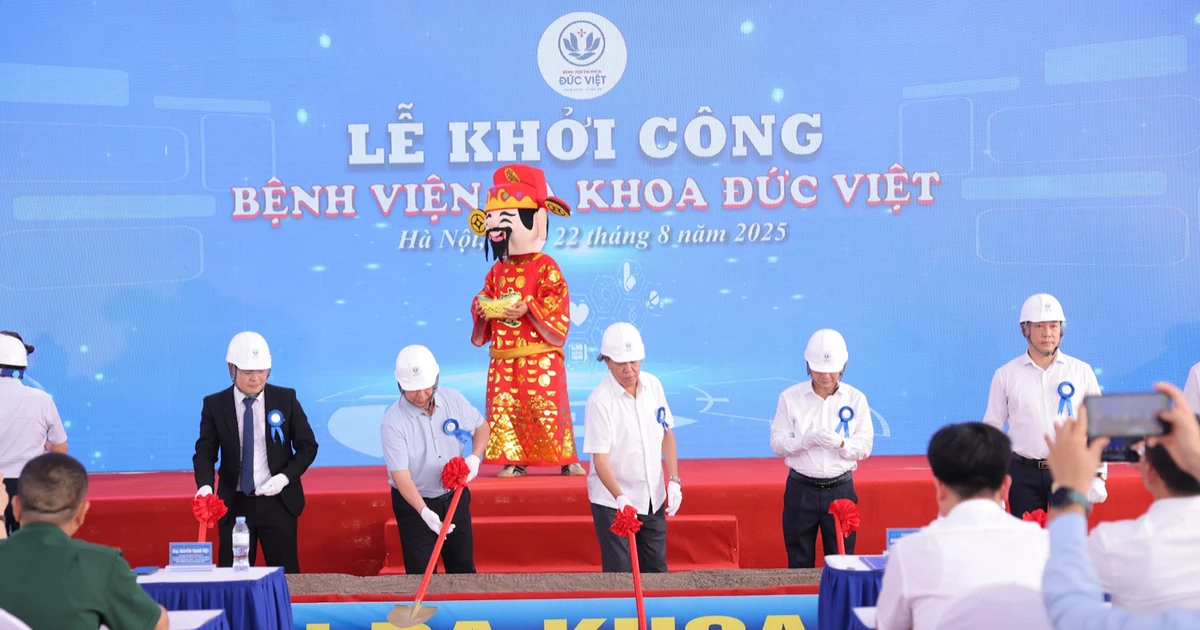















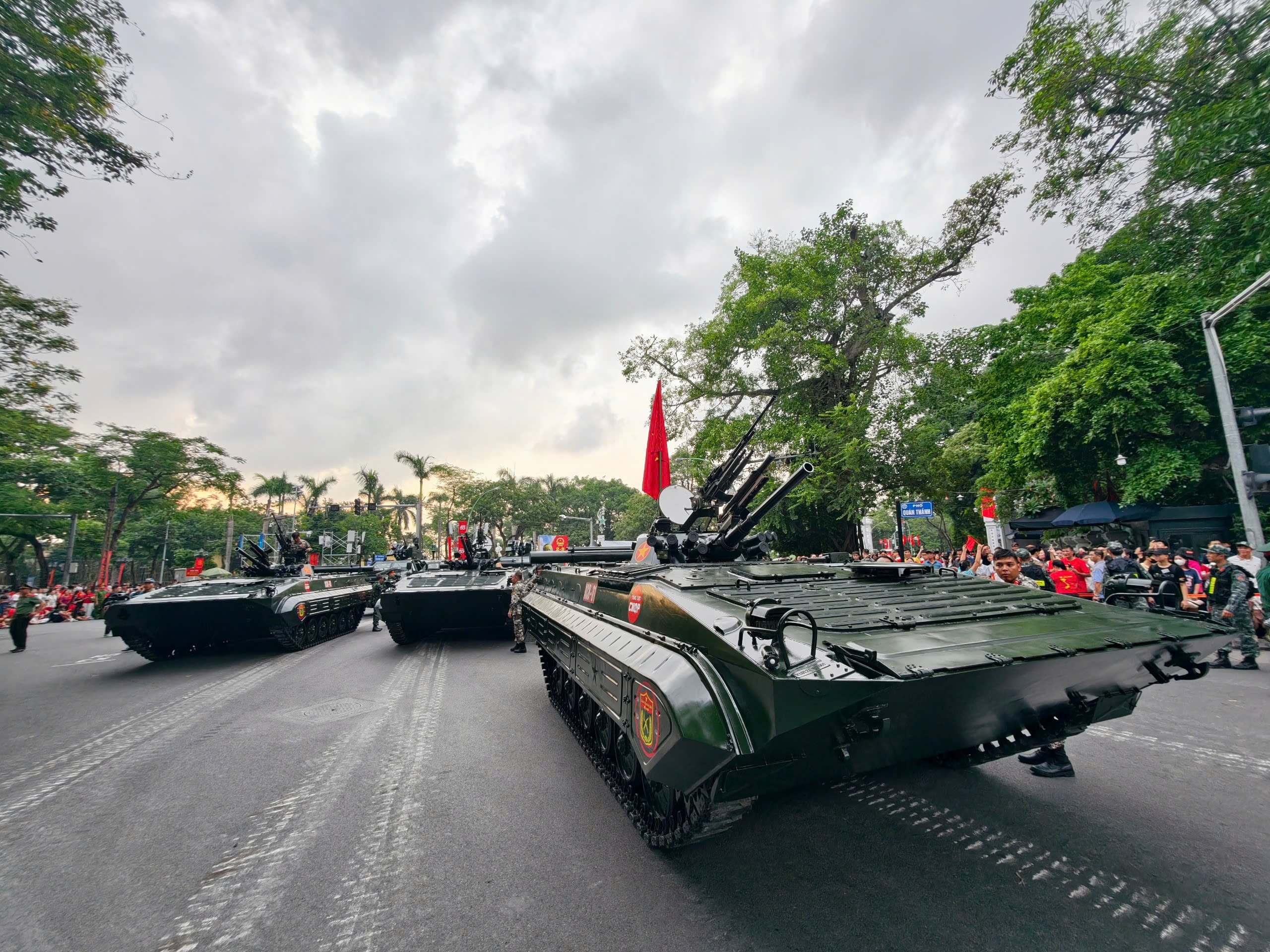

![[Photo] Scientific workshop "Trade unions with the task of participating in state management and building a socialist rule of law state"](https://vstatic.vietnam.vn/vietnam/resource/IMAGE/2025/8/22/789f6384ec37466098a8bcb531deb281)














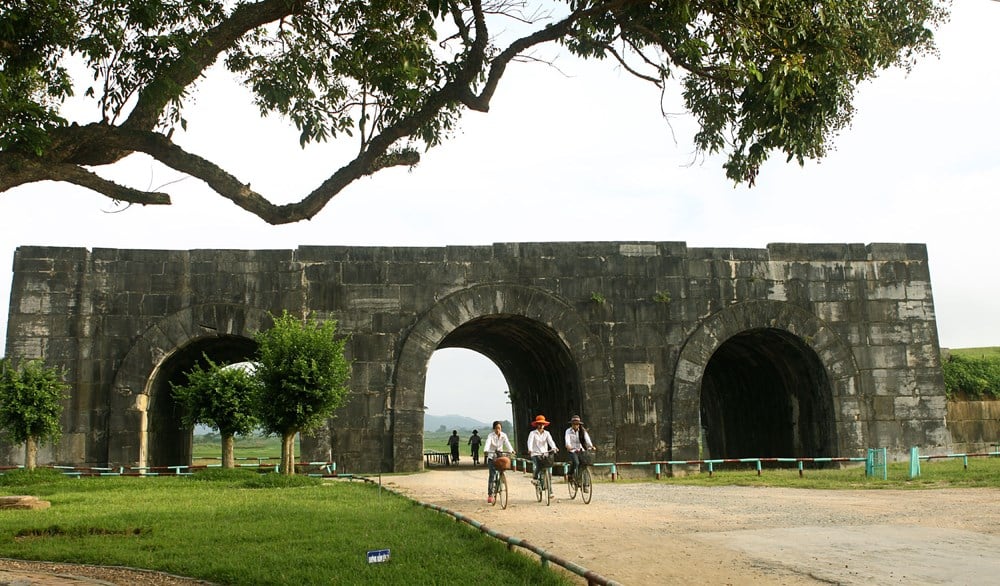




















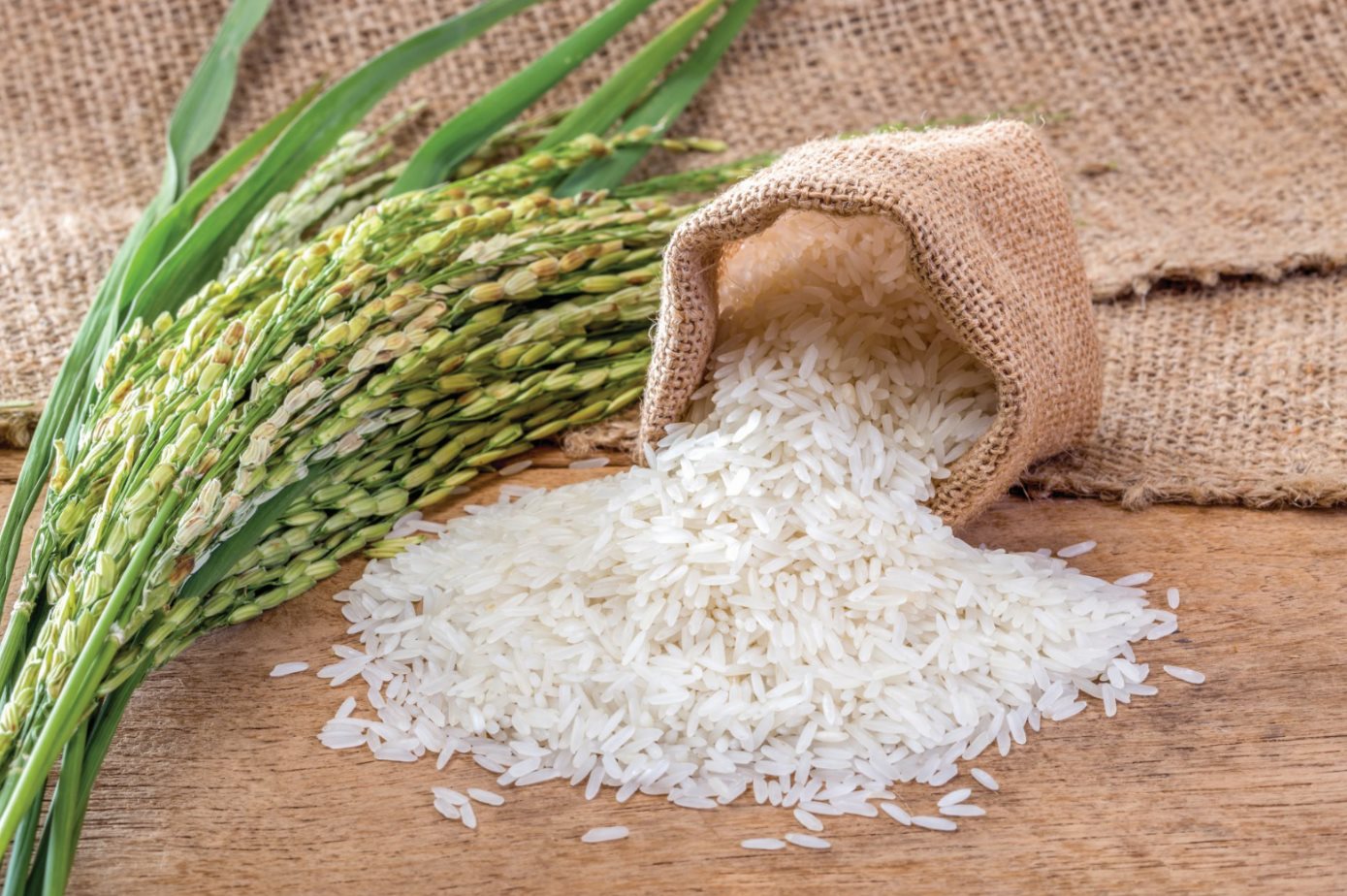




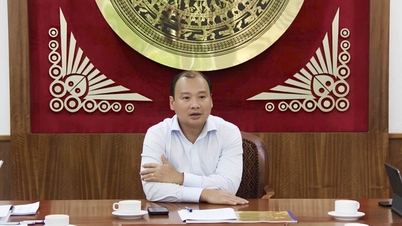



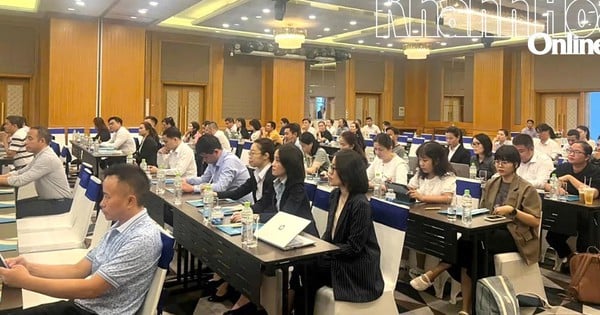



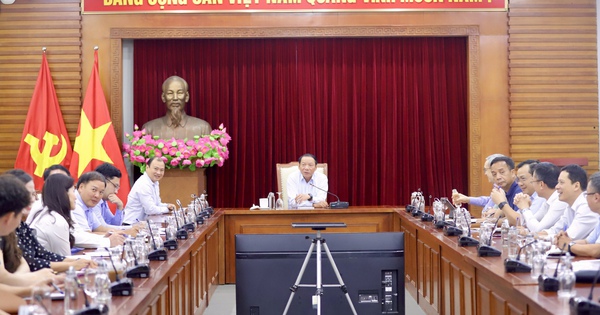












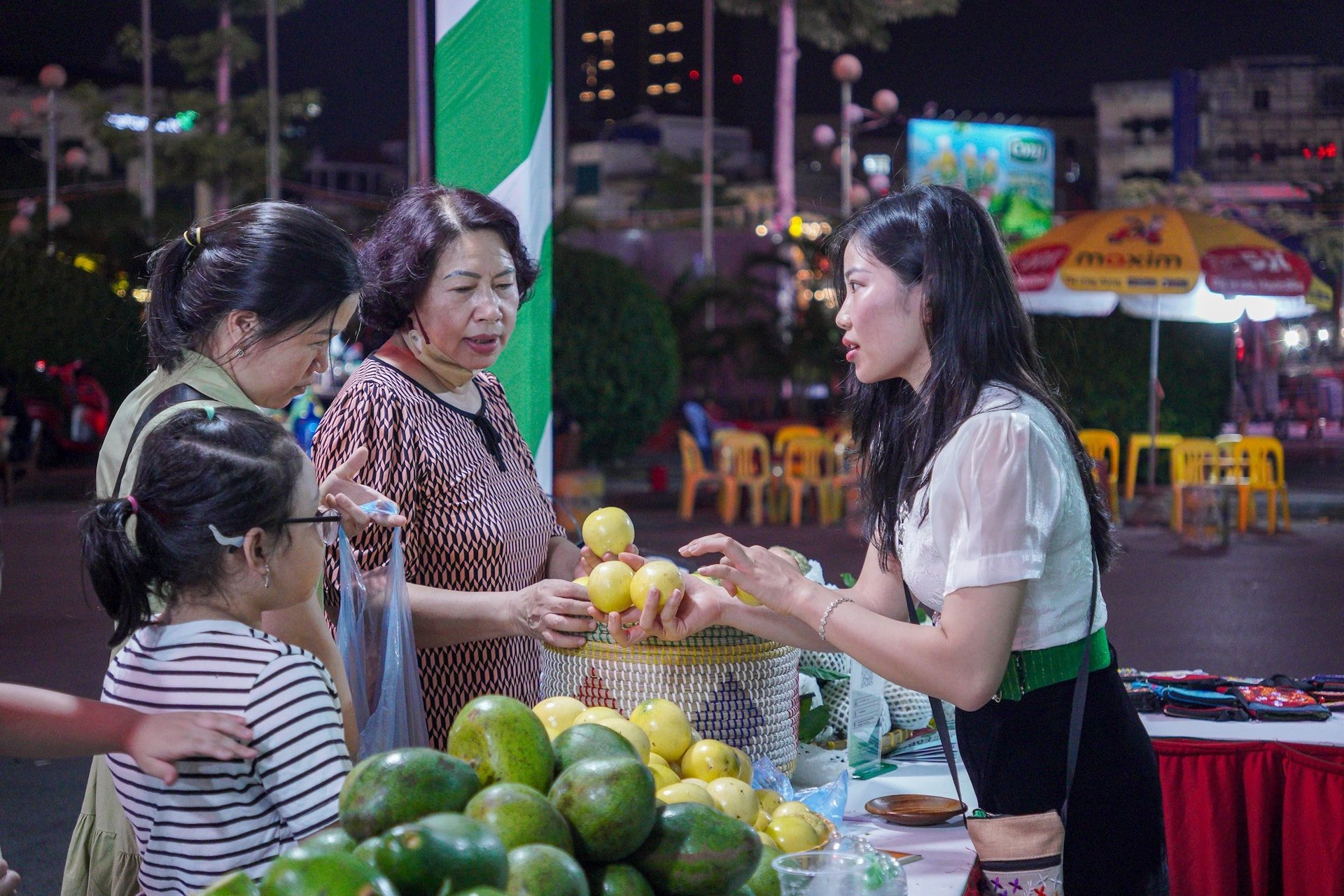



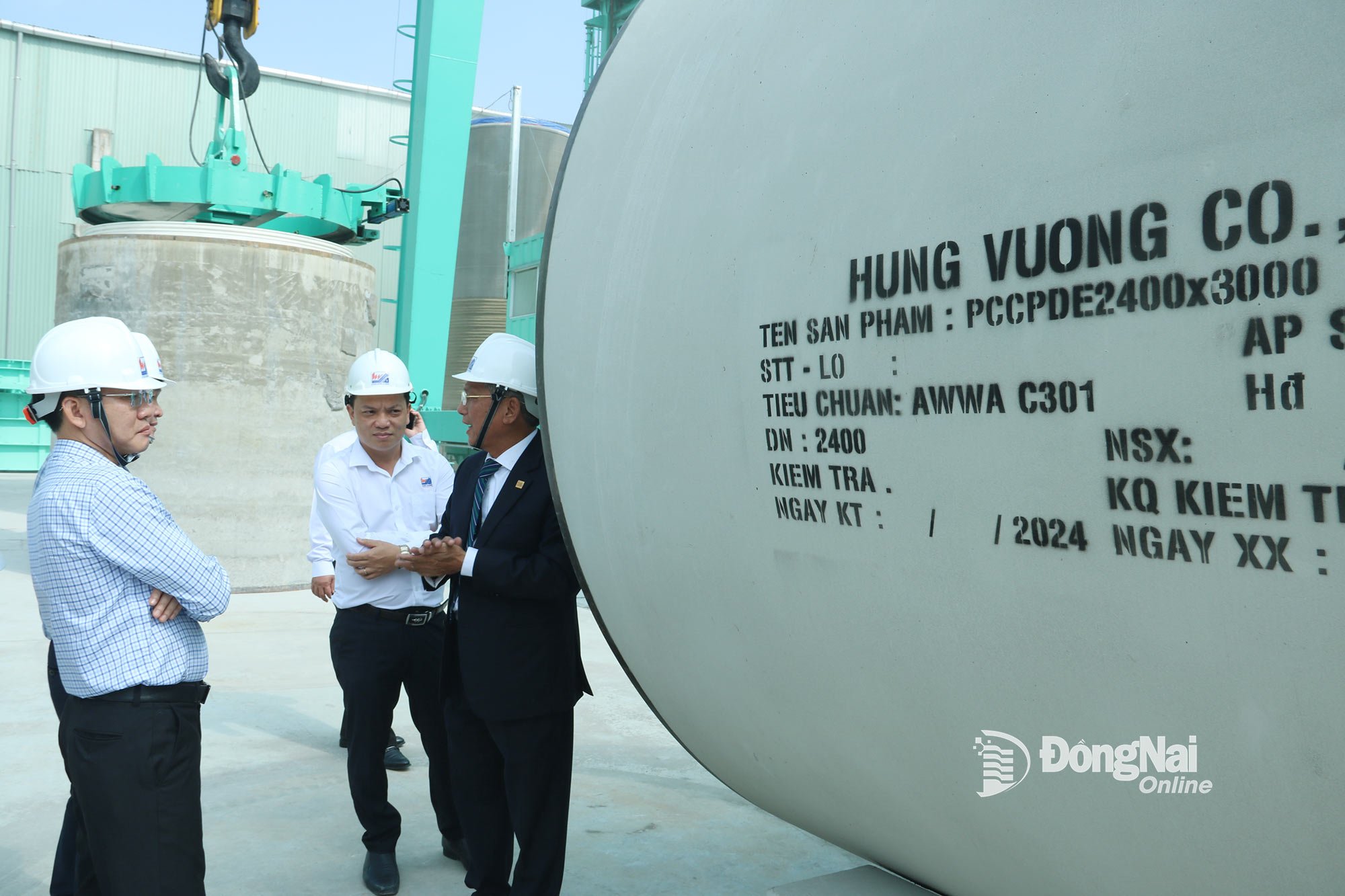






Comment (0)